Extending the lifecycle of wood – from forest to products
Jose Matas - Segment Manager Wood

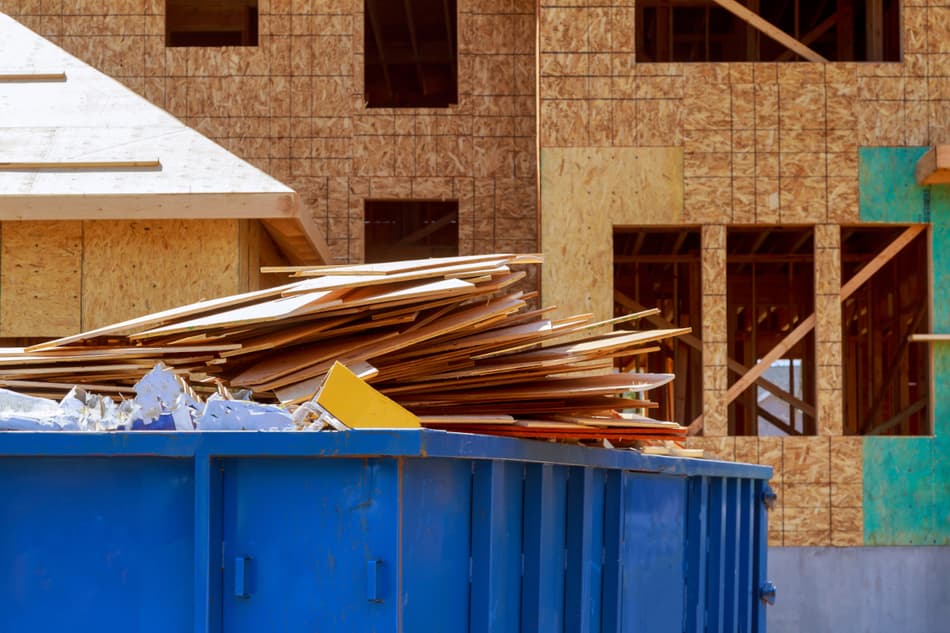
Every day around the world, millions of tonnes of offcuts and wood-based products that could be recycled end up in incineration or landfills. By collecting and sorting wood-based materials for recycling, more wood can be repurposed and turned into new products like furniture, building materials, packaging and more. But where does recycled wood content come from, and how is it used? In the fourth of our five-column series, we will unpack some high-level details of waste wood recycling.
Generally, waste wood is a term to describe all post-industrial and post-consumer solid woods and wood-based products, including:
Post-Industrial Waste Wood
Industrial residues and offcuts from the timber and manufacturing sectors are high in demand for a variety of applications. This includes clean, untreated wood scrap and untreated board products such as chipboard, MDF and plywood.
Commercial Waste Wood
Untreated wood-based packaging (pallets, crates, transport bases) and cable drums are ideal for material recycling. Recycling treated, non-hazardous wood materials from joinery activity and manufacturing processes with more extensive processing is also possible.
Treated, non-hazardous wood from renovation and demolition activities (softwood fence panels/posts, timber components) can be considered for material recycling. Materials must be sorted from wooden objects that can be potentially hazardous (decking, external doors, joinery, cladding, fascias).
Household/Municipal Waste Wood
Untreated softwood or hardwood beams and natural wood furniture (kitchens, tables, shelves, wardrobes) that have not been coated or veneered can be recycled into new products. Treated, non-hazardous wood items (doors, plywood frames, staircases) that have not been exposed to rain or excessive moisture can also be considered for material recycling.
The waste streams described require various processing steps, but the removal of contaminants like metals (nails, fixings), plastics, stones, ceramics and glass is always necessary for the cascading use of wood. Untreated, natural wood (Wood A) is the easiest type of wood chip to be recycled into new products today, but developments in recycling processed wood (Wood B) open up even more opportunities in material recycling. A vital step in improving the recyclability of engineered wood: waste wood needs to be sorted by type (MDF, plywood, OSB, etc.) to create clean mono-material fractions.
Waste wood types and material processing
There are many types of wood that are suitable for recycling or the incorporation of recycled wood content. They include softwood, hardwood, particleboard, orientated strand board (OBS), plywood and medium-density fibreboard (MDF).
Until recently, only clean or untreated wood will be recovered from waste and recycled, but innovative processes are continually being develop to recycle non-hazardous processed wood as well.
Here we offer a high-level overview of waste wood fractions commonly found in waste collections:
Non-processed Wood
Natural softwood and hardwood materials that have not been treated meet the highest-grade waste wood classification (Wood A). Removing contaminants like nails, plastic, other organic materials is required to ensure a high-quality feedstock. Commonly used for surface coverings, animal bedding, landscape surfaces and compost in years past, this valuable recycled content is in high demand by panelboard and furniture manufacturers worldwide today.
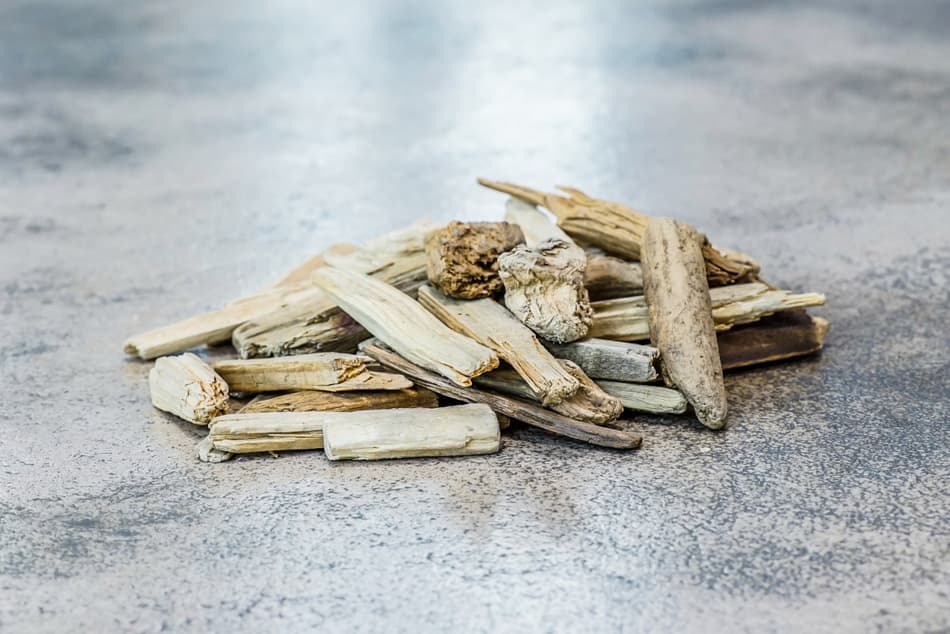
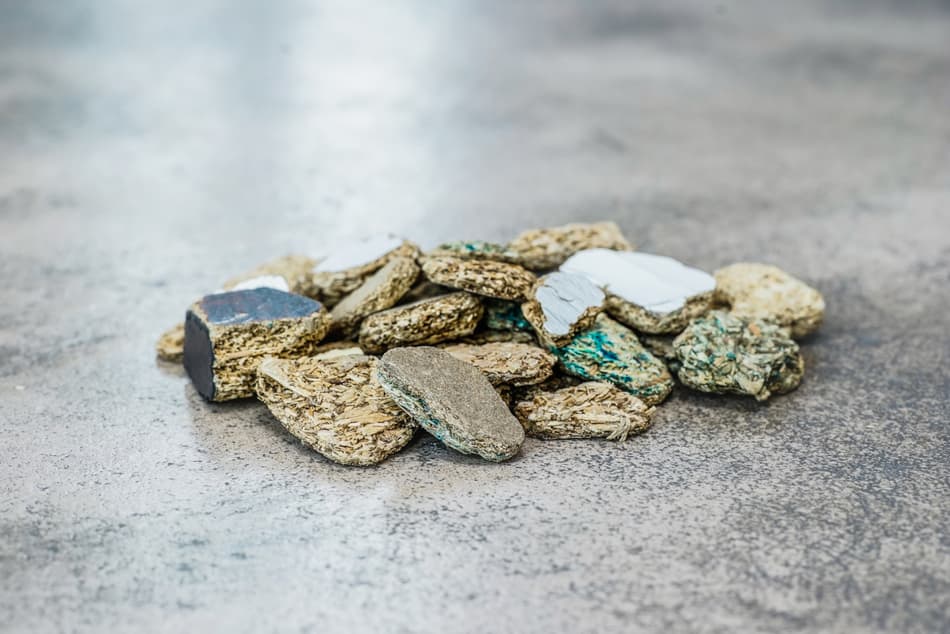
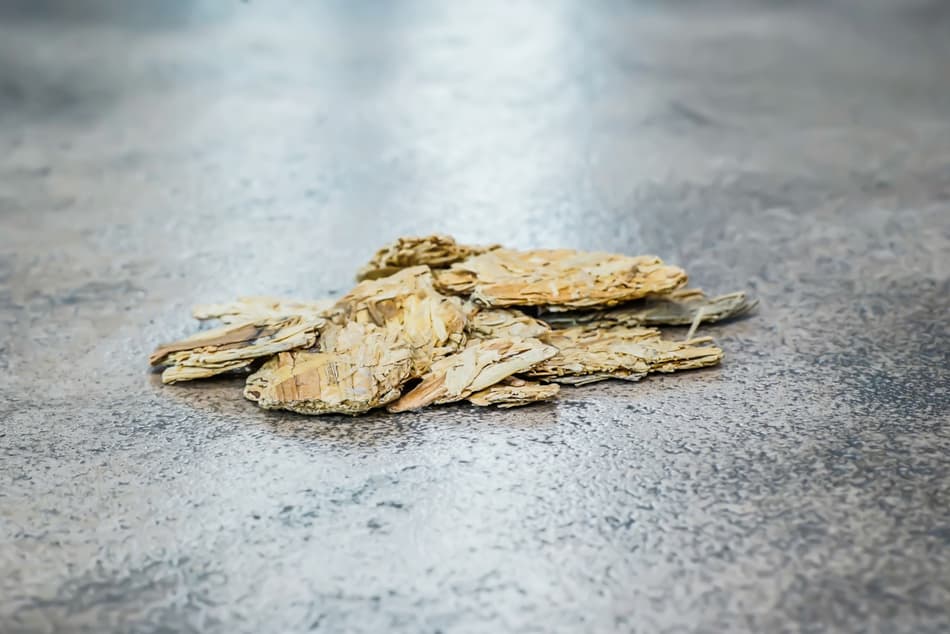
It is important to note that from a circular economy perspective that clean, untreated wood chips are still being used as fuel in biomass or in the manufacturing of pellets and briquettes. In our view, material recycling should be prioritized over energy recovery. Burning these wood chips as fuel is a missed opportunity to maximize resource utilization and should only be a ‘last resort’ scenario.
Particleboard
Also known as chipboard, this engineered wood product (Wood B) is made of compressed wood particles and a synthetic resin or binder.
Once it reaches the end of life as a product, it can be recycled to make new particleboard when metal and other contaminants are sorted out. This product is also known for its excellent capability of incorporating recycled content from unprocessed wood waste. The industry has significantly invested in increasing the efficiency and scale of advanced sorting systems to increase the use of recycled wood, which helps control costs and improves sustainability.
Oriented Strand Board (OSB)
Like particleboard, OSB is an engineered wood made of compressed rectangularly-shaped wood strands arranged in a specific pattern and cured with a waterproof resin. OSB that is sorted from waste wood can be shredded and used again to produce particleboard. To incorporate recycled content in OSB panel production, non-processed wood (Wood A) with specific grain sizes and characteristics is required.
Plywood
An engineered wood product (Wood B) manufactured by gluing thin layers of wood veneer. Once the plywood reaches end of life as a product, it can be sorted from waste wood, shredded and purified from contaminants like metal nails, plastic and other organic materials. Recycled plywood is an excellent source of feedstock for the production of particleboard.
Medium Density Fiberboards (MDF)
This engineered wood product (Wood B) made from lignocellulosic fibers has an extensive worldwide production volume. But currently, MDF is one of the few materials that cannot be recycled to produce new boards – resulting in most post-consumer MDF products being incinerated after a relatively short lifespan.
The fiberboard industry is aiming to develop processes that enable the use of recycled MDF to produce new MDF boards. Developing effective strategies to collect, sort and recycle post-consumer MDF is necessary to tap into the enormous potential for one of the world’s most widely used wood-based products.
Breakthroughs in recovering high-quality fiber from waste wood and innovative recycling processes will one day soon create feedstock for new MDF production.
Waste wood recycling – an untapped opportunity
The market potential for recycled wood content can be attributed to two primary factors: high-priced limited supplies of fresh wood and upward trends in sustainability. The demand is strong for recycled wood content and will only continue to grow once expansive systems for waste wood collection provide a stable supply of secondary raw materials.
Today, most waste wood is used to produce energy. But why burn resources that can be used again to develop new products? End markets like small and large-scale biomass, pellet producers, wood bedding suppliers and panel manufacturers all demand more clean recycled wood content – resulting in market rivalry and material supply chain issues. The availability of fresh wood is insufficient to meet demand, especially in Europe, where more and more forest fires erupt due to extreme weather patterns.
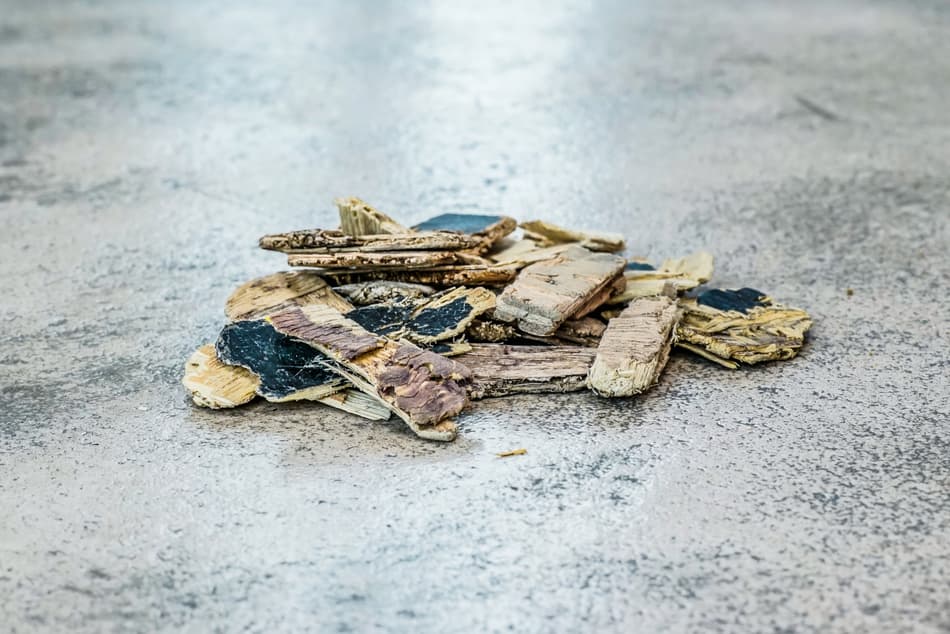
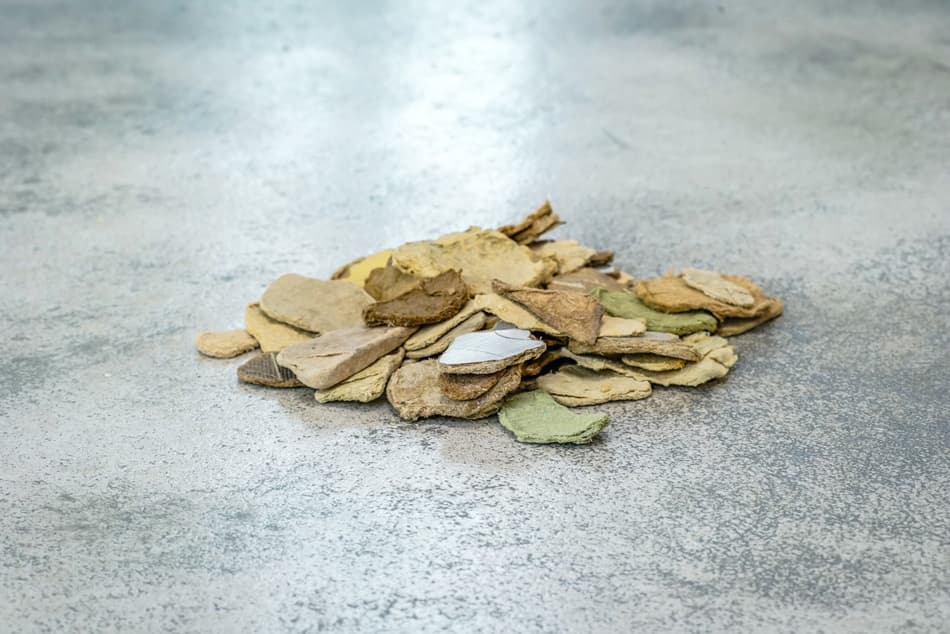
There is an urgent need for legislation to define waste wood categories and application usage based on quality, to use resources in a smarter way. Wood A and B are prime examples of materials suitable for material recycling, while lower-grade wood categories could be used for energy. Once policy sets these standards, the necessary infrastructure to collect, sort and recycle waste wood more effectively.
Creating feedstock from waste wood not only demands high purity levels and high throughput – it requires more advanced sorting of processed wood (Wood B) products. Artificial intelligence and deep learning technology advancements have opened a new pathway to advance wood recycling and preserve resources. Product-to-product recycling of engineered woods like MDF extends the lifespan of the materials, minimizing the environmental impacts from forest to final products.
exclusively published by Panels & Furniture Asia
